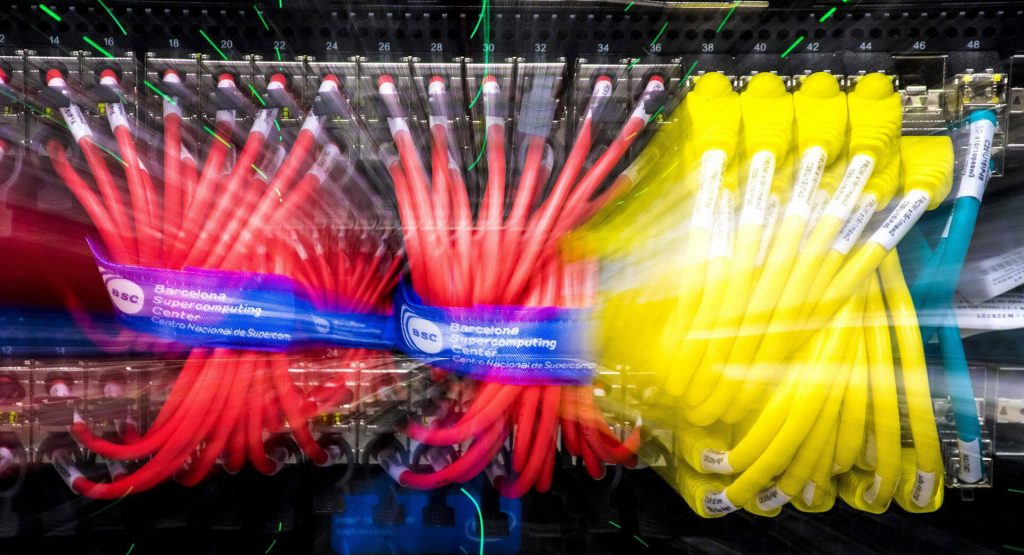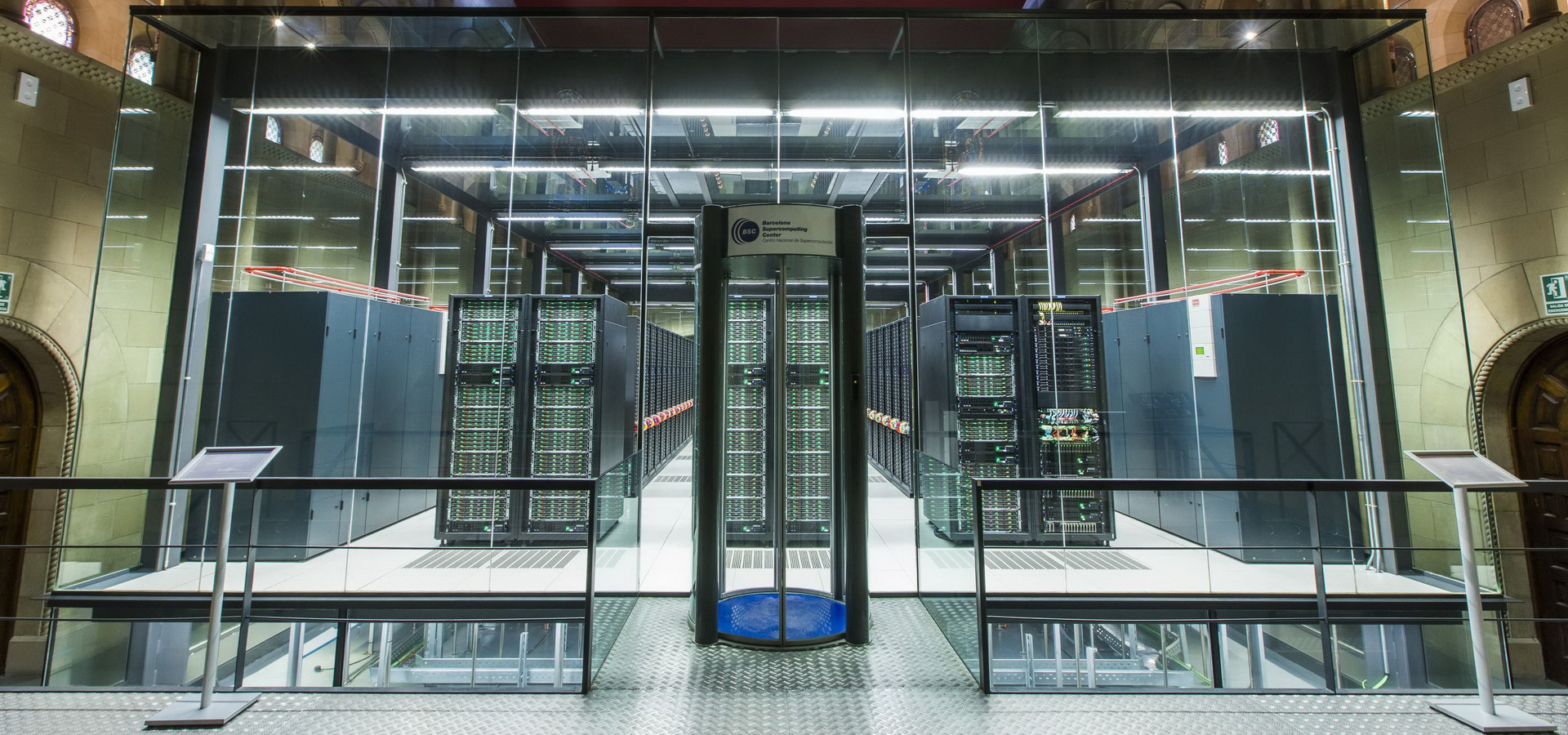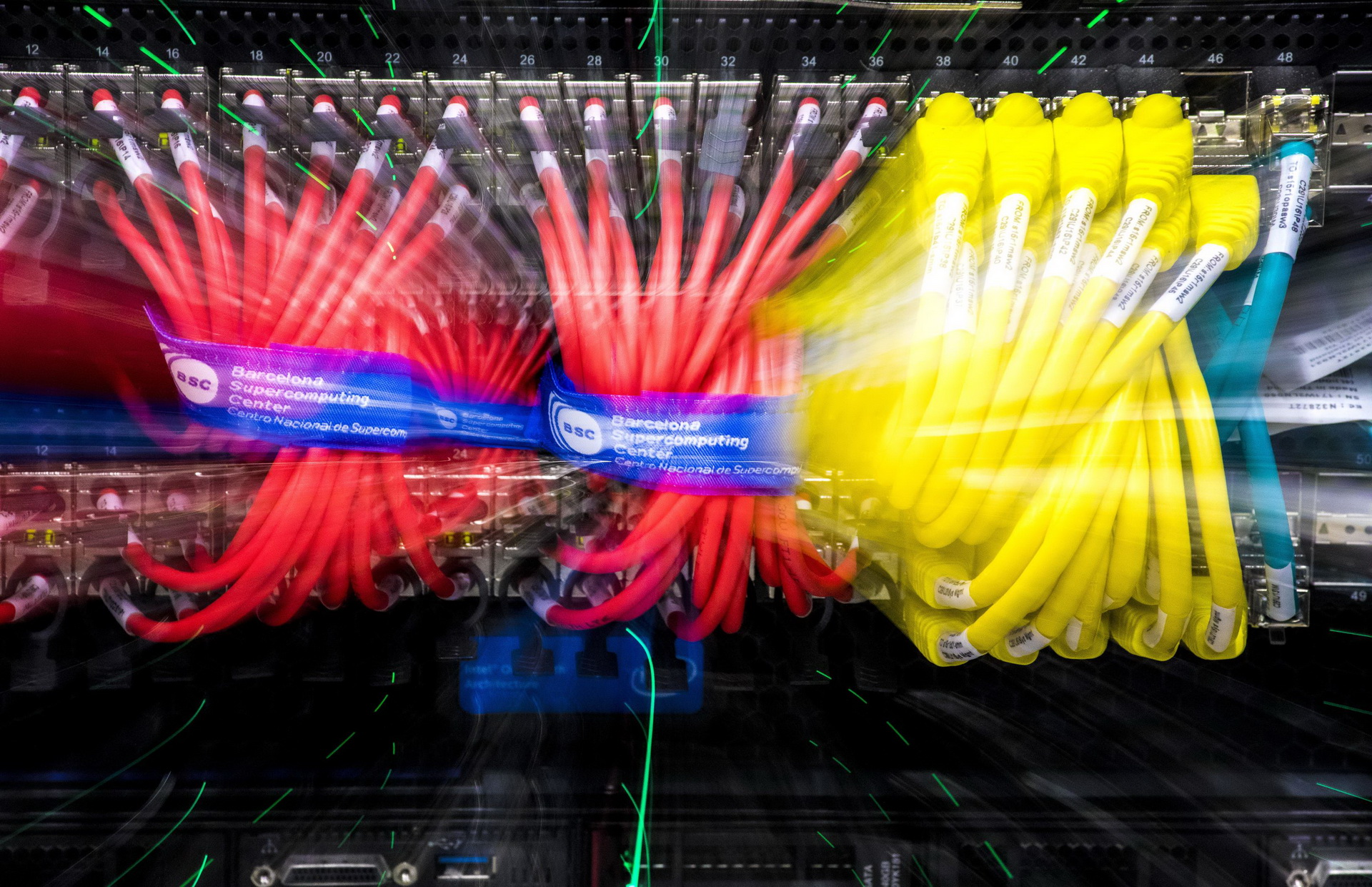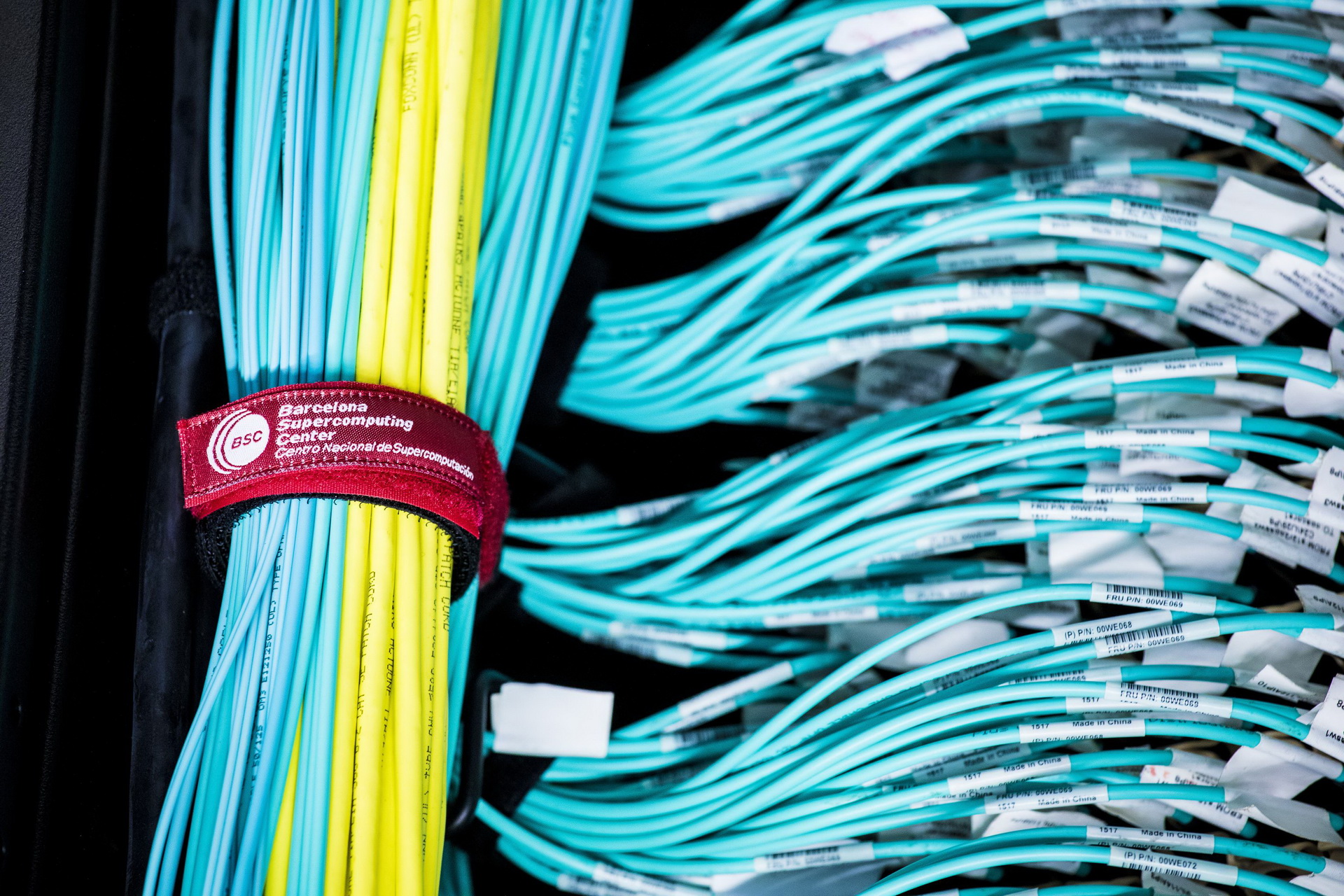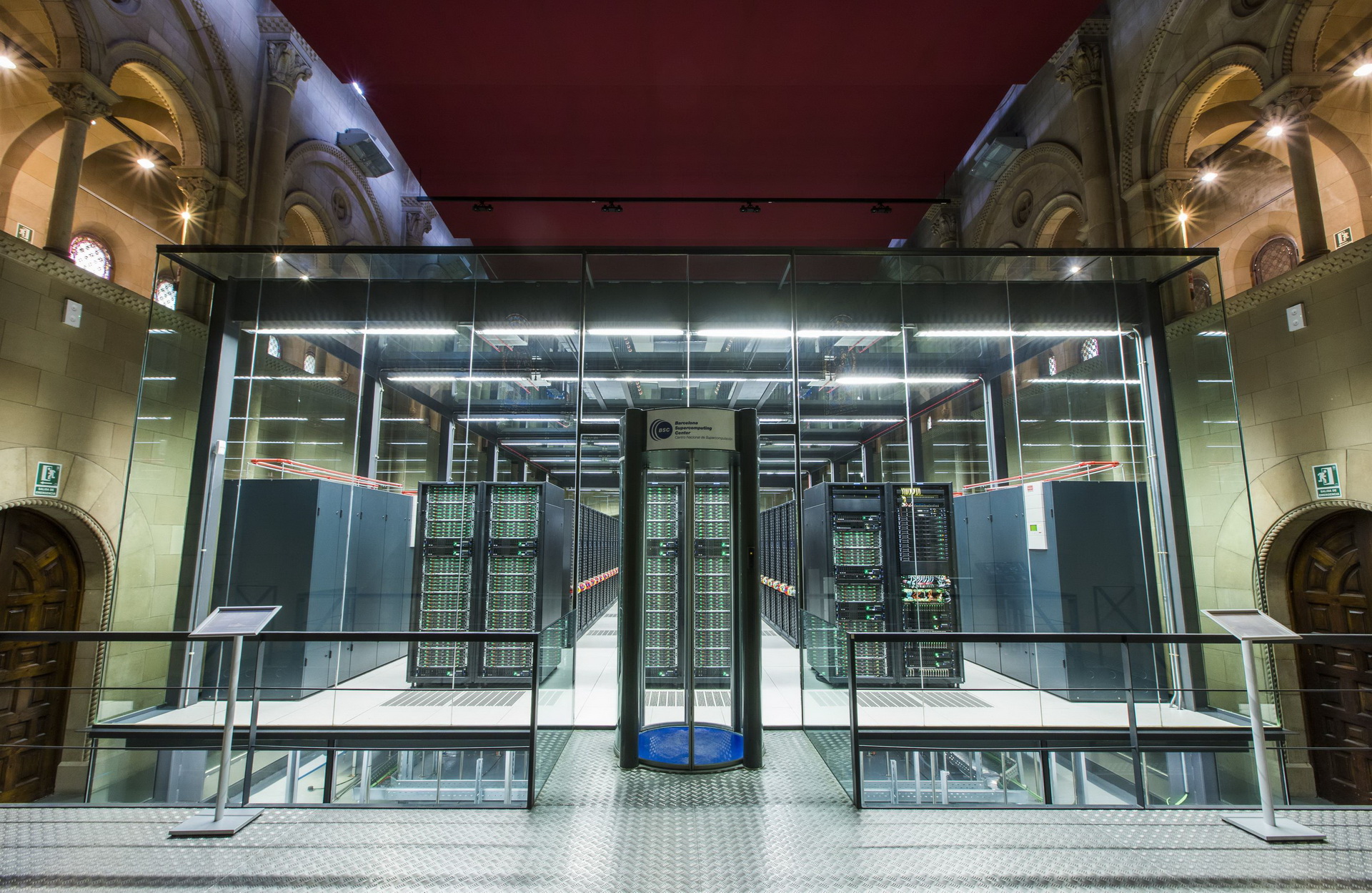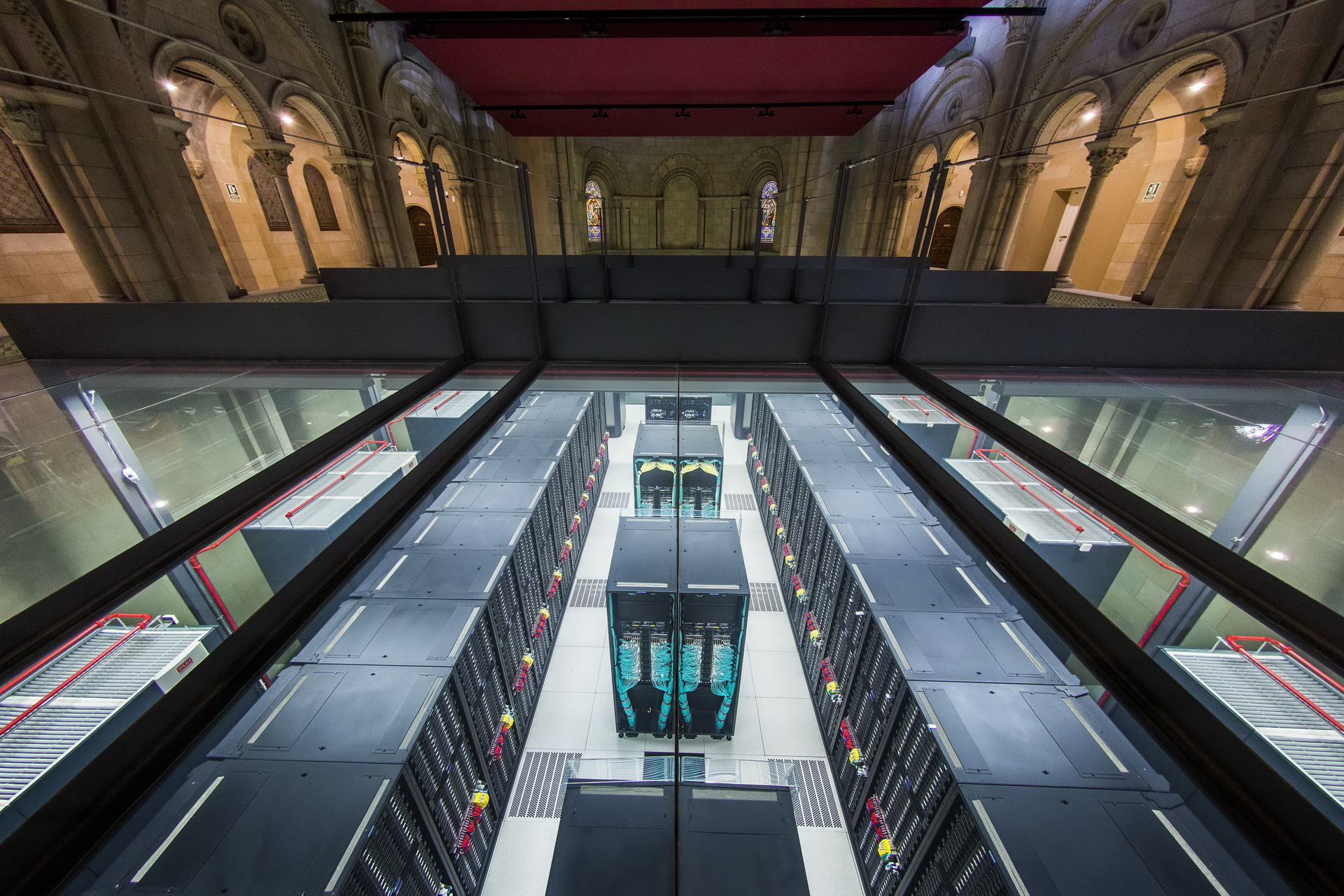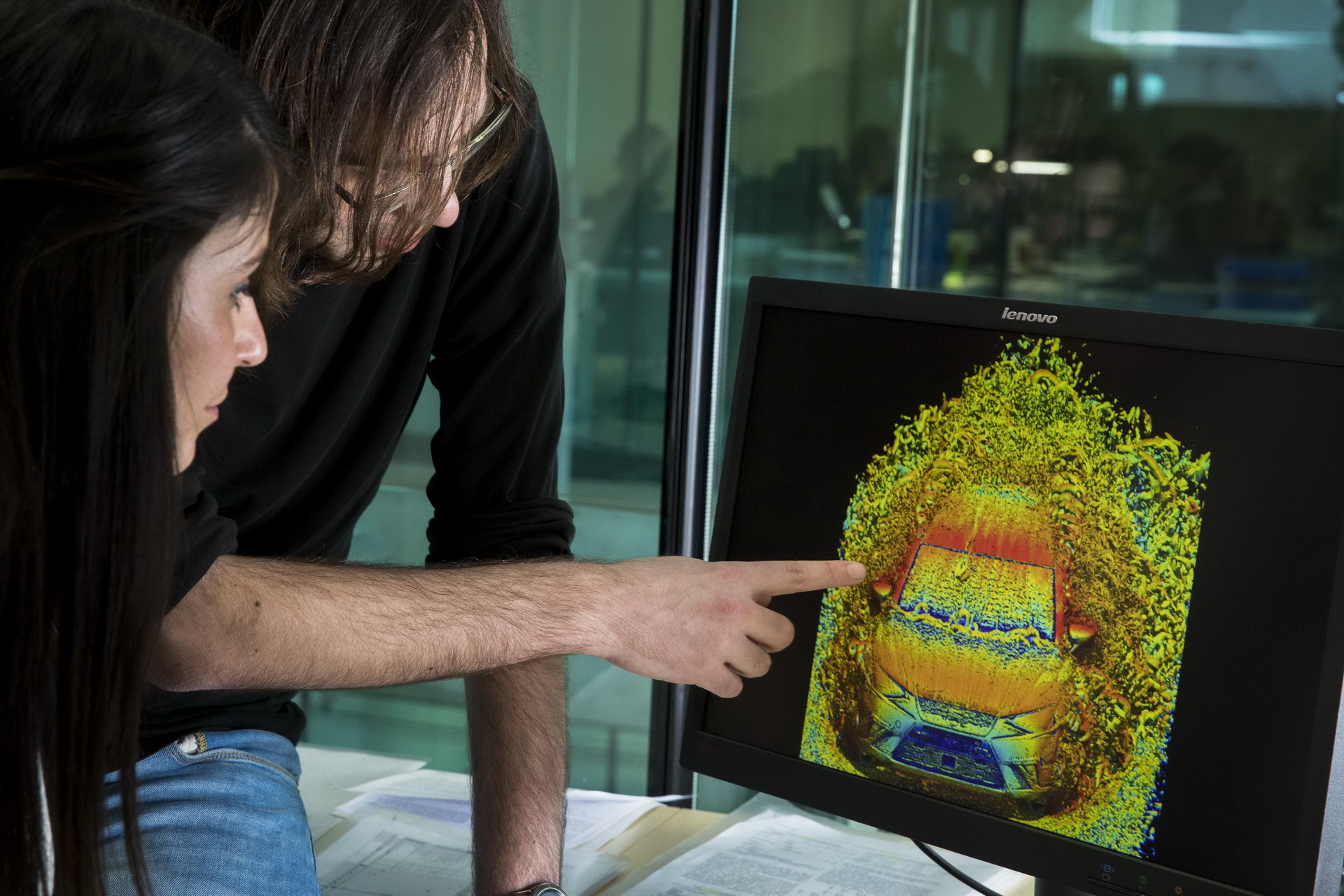When designing the aerodynamics for every single one of their new models, automaker SEAT uses Spain’s most powerful super-computer, dubbed MareNostrum 4.
Aside from having the raw power of 40,000 PCs and being housed in a 180-square meter disused chapel at the Polytechnic University of Catalonia in Barcelona, the MareNostrum 4 is also the seventh most powerful computer in Europe, featuring a massive 165,888 processors.
Other features include its 3,456 nodes, 6,912 chips, 13.7 petaflops and 78,000 kg (171,960 lbs) overall weight. It’s no wonder that scientists already use it to simulate everything from how the human heart works to making predictions about climate change.
Meanwhile, SEAT engineers use it to complete analysis that would otherwise take months, in just a few hours – analyzing vehicle aerodynamics in an attempt to lower their air drag coefficient.
Also read: Volvo And Nvidia Developing AI-Based Computer For Next-Gen Cars
“With SEAT, I study the impact of wheel hub geometry on the aerodynamics of the cars. Each point is analyzed by a set of processors working in parallel. If they were analyzed individually, it would take months,” said BSC researcher Oriol Lehmkuhl.
“Working with a wind tunnel is expensive and clay models deteriorate, so constant changes have to be made. The computing power of the BSC supercomputer enables us to include more parameters to see how air behaves inside the rims when the wheels are moving. The idea is to increasingly narrow the gap between simulation and reality,” added SEAT aerodynamics engineer, Maria Garcia-Navas.
Right now, a next-gen MareNostrum 5 is already under development and is expected to increase the current model’s capacity by more than 20 times.







